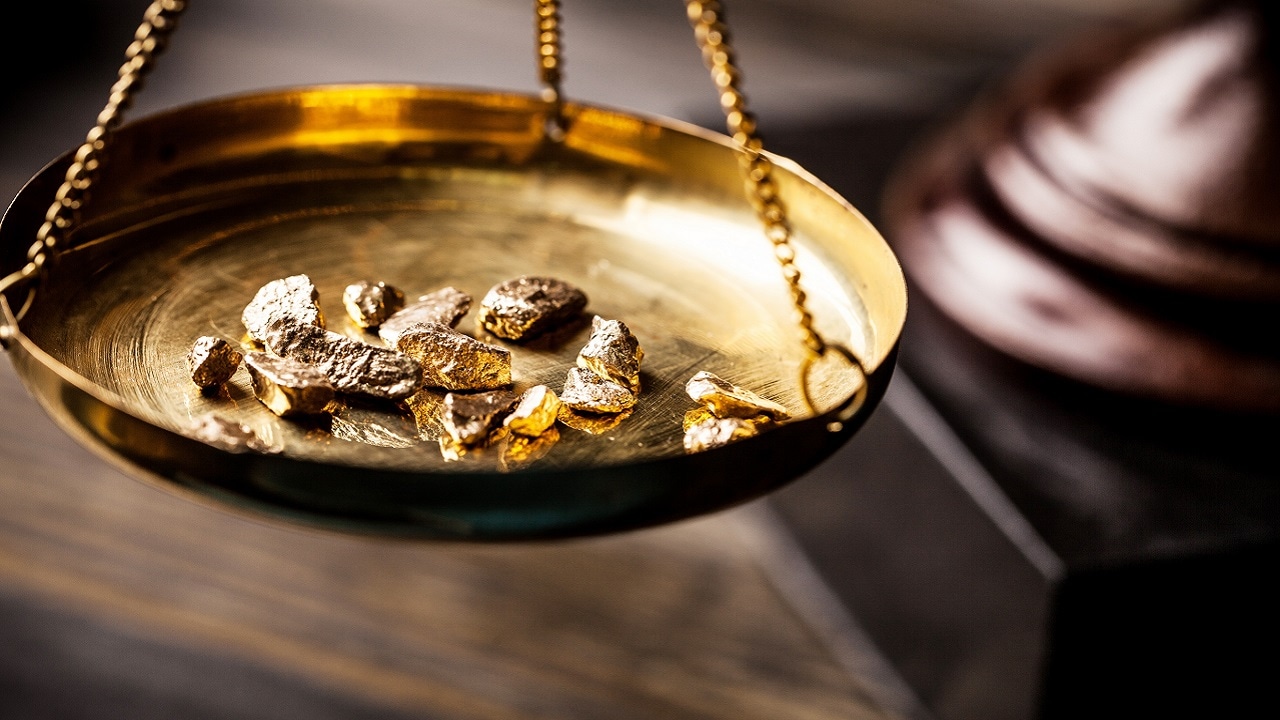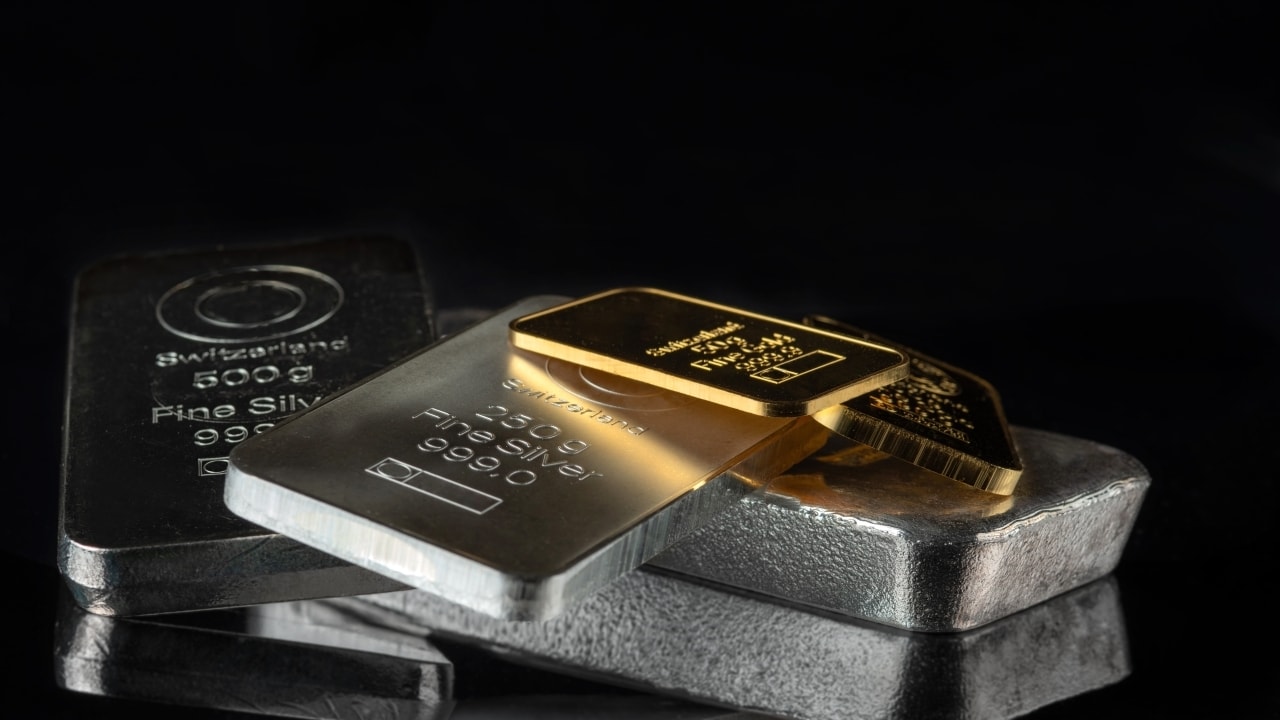The decline
In Q2 2025, global gold jewellery demand fell 14% year-on-year, reaching near-pandemic lows. In contrast, gold-backed ETFs recorded net inflows of over 400 tonnes in the first half of 2025, while central banks added a net 166 tonnes to reserves.
Silver, meanwhile, has also seen a surge, trading at $40 per ounce—the highest in 13 years. Unlike gold, silver benefits from both investment and industrial demand,
Silver-backed ETFs saw record inflows of 95 million ounces in first half of 2025, already surpassing total inflows for 2024.
“Investors are turning to gold and silver as safe-haven assets amid global uncertainties, which is diverting demand away from jewellery,” the report notes.
A weaker US dollar, expectations of Federal Reserve rate cuts, and ongoing geopolitical tensions have further fueled investor interest.
In India, retail
Many investors are selling old gold jewellery to book profits, with plans to repurchase if prices dip. The country also expanded hallmarking standards to include 9-carat jewellery, down from the previous 14-carat minimum, to offer more affordable options for consumers.
Axis MF Research expects gold prices to remain in the range of $3,400–$3,600 per ounce and silver between $40–$42 per ounce for the rest of 2025.














